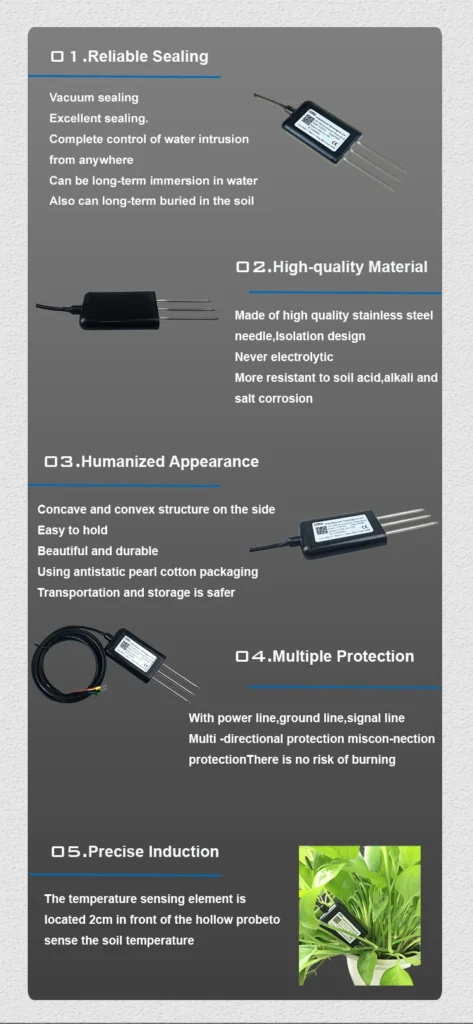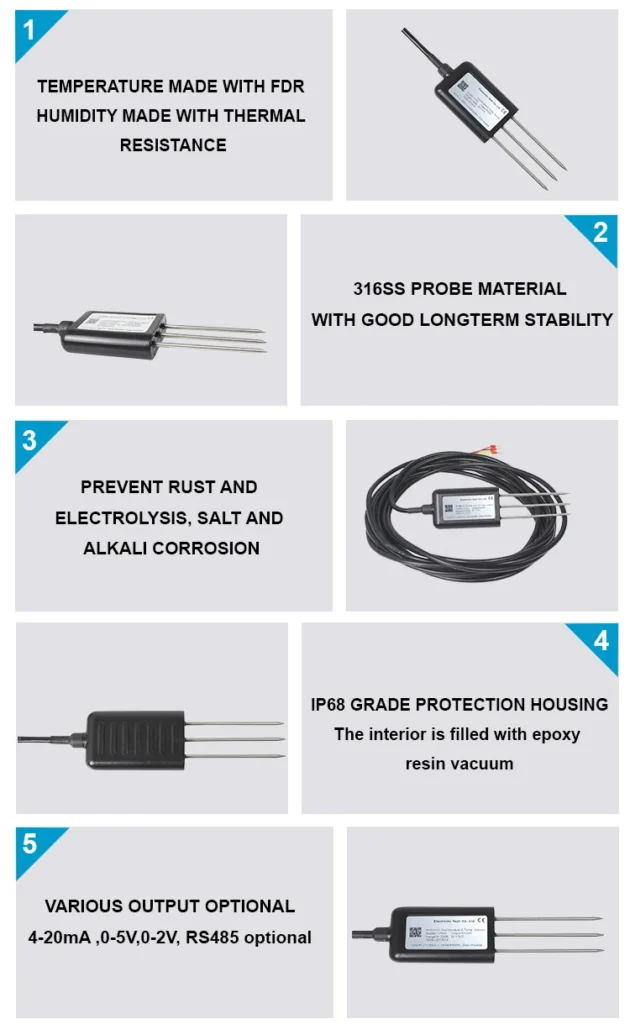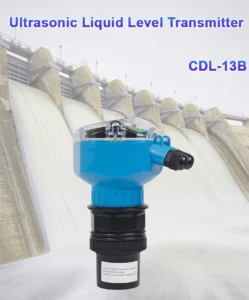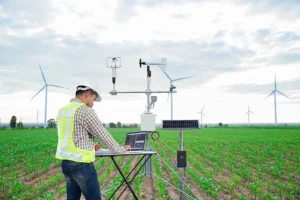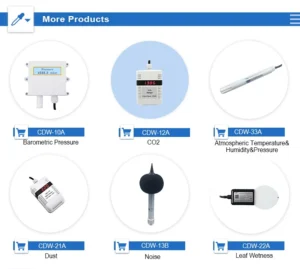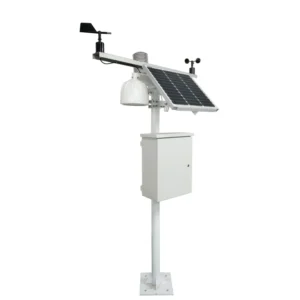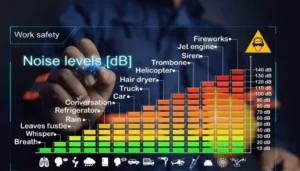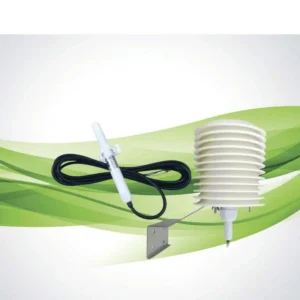The Science Behind Soil Moisture Sensors and Their Accuracy
Soil moisture is important for farming. It helps with watering crops and watching the environment. Soil moisture sensors check how much water is in the soil. They give real-time data that helps with decision-making.
It is important to know how these sensors work. This helps us know how accurate they are. It also helps to see the differences between models and technologies.
How Soil Moisture Sensors Work
At their core, soil moisture sensors measure one of two primary properties:
1. **Volumetric Water Content (VWC):**
– Measured using technologies such as capacitance or time-domain reflectometry (TDR).
– This links the soil’s dielectric constant to the amount of water it holds.
2. **Soil Water Potential:**
– Detected with tensiometers or gypsum blocks.
– This shows how well water is held in the soil. This impacts the amount of water that plants can use.
**Types of Soil Moisture Sensors**
Different sensor technologies cater to diverse applications and needs:
– **Capacitance Sensors:**
Cost-effective with quick response times, ideal for precision irrigation.
– **TDR Sensors:**
They are very accurate, but they can also be costly. This makes them better for research or large projects.
– **Resistive Sensors:**
Economical and simple to use, but tend to lack durability and precision.
– **Neutron Probes:**
They are known for their accuracy. However, they are not often used in the field due to safety concerns about radiation.
**Accuracy Levels and Influencing Factors**
Good soil moisture sensors typically have an accuracy of plus or minus 2 to 5 percent VWC. However, several factors can affect this:
– **Soil Type:** Changes in clay, sand, or loam can change how sensors are set up and what they measure.
– **Salinity:** High levels of dissolved salts can disrupt capacitance readings.
– **Temperature Extremes:** Changes in temperature can cause sensor outputs to be inconsistent.
– **Calibration:** Changing calibration for specific field conditions improves measurement reliability a lot.
**Practical Considerations for Sensor Selection & Usage**
1. **Ease of Installation and Maintenance:**
– For small gardens or home setups, resistive or capacitive sensors are easy to use. TDR or neutron probes work better for large-scale industry or research needs.
Routine maintenance is important for resistive models. This is especially true in soils that have a lot of salt or clay. It helps keep performance steady.
2. **Balancing Cost and Accuracy:**
– TDR and neutron probes are highly accurate tools. However, they cost a lot to purchase. Capacitance sensors provide a good mix of accuracy and cost. This makes them a popular choice for many farming uses.
– Choosing the right sensor depends on what you need. For general irrigation, low-cost sensors might be sufficient. High-accuracy devices are important for research and large irrigation fields.
3. **Long-term Data Monitoring:**
– Using sensors in automated irrigation systems helps us use water better. This is important in places with very little water.
– Wireless sensors make things work better. They allow for remote monitoring, which cuts labor costs. They also make data collection more consistent.
4. **Accounting for Environmental Conditions:**
– Extreme environments may need protective cases to keep sensors safe. They might need to be changed often to stay accurate.
– Soil water content can change a lot with depth. Using sensors at different depths or several single-depth sensors is best for detailed analysis.
**Applications of Soil Moisture Sensors**
– **Smart Irrigation Systems:**
Make sure water is distributed exactly as crops need it. This will make things work better.
– **Crop Yield Predictions:**
Support forecasting through accurate assessments of moisture availability.
– **Drought Management:**
Help find dry conditions early. This way, they will not become a big problem.
– **Environmental Studies:**
Share how soil moisture changes in different ecosystems.
**Conclusion**
Soil moisture sensors are useful tools. They help make farming better for the environment. They also help use water resources more efficiently.
Choosing the right sensor is important. You should also calibrate it often. Using it wisely helps you get good data.
With the right approach, these devices can cut down water waste, improve crop yields, and support eco-friendly farming.

